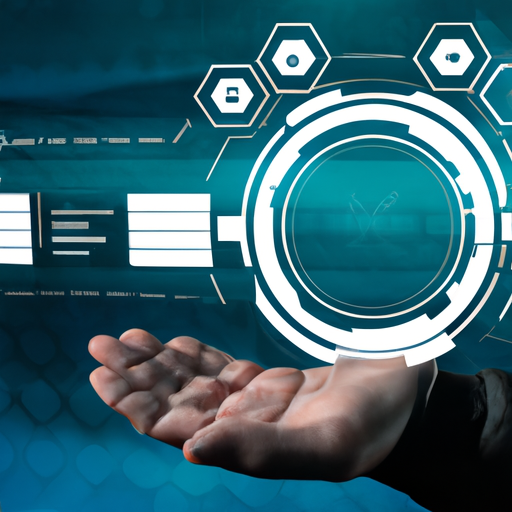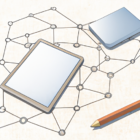In today’s fast-paced digital landscape, businesses are increasingly relying on Edge AI to ensure efficient, real-time processing of data. Edge AI refers to the integration of artificial intelligence algorithms with edge computing devices, which allows for data analysis and decision-making at the source of data generation.
What is Edge AI?
Edge AI combines edge computing with machine learning to improve the performance and speed of data processing. Instead of sending all data to centralized cloud servers for analysis, Edge AI processes data locally on devices like IoT sensors, drones, and smart cameras. This approach reduces latency, optimizes bandwidth, and enhances privacy and security.
The Importance of Real-Time Processing
Real-time processing is crucial in numerous applications, such as autonomous vehicles, industrial IoT, healthcare monitoring, and smart cities. With Edge AI, organizations can make immediate decisions based on the data collected, leading to increased operational efficiency and improved customer experiences.
Benefits of Edge AI in Real-Time Processing
- Reduced Latency: By processing data closer to the source, Edge AI minimizes the delay that can occur when data is sent to the cloud.
- Improved Bandwidth: Reducing the amount of data sent to the cloud lessens the strain on network resources, allowing for smoother operation.
- Enhanced Security: Keeping sensitive data local reduces the risk of cyber threats and ensures compliance with data protection regulations.
- Cost Efficiency: Edge AI can lower operational costs by reducing dependence on cloud computing resources.
Industries Embracing Edge AI
Several sectors are already reaping the benefits of Edge AI:
- Healthcare: Remote patient monitoring and real-time diagnostics are becoming more efficient with AI at the edge.
- Manufacturing: Smart factories leverage Edge AI for predictive maintenance and quality control.
- Retail: Enhanced customer insights and inventory management systems rely on Edge AI to process data swiftly.
- Transportation: Autonomous vehicles depend on real-time data processing for navigation and safety features.
The Future of Edge AI
As more devices become connected through the Internet of Things (IoT), the role of Edge AI will become increasingly pivotal. The demand for faster, more reliable data processing will drive innovation in Edge AI technologies. Companies that can harness this power will gain a competitive edge in their respective industries.
In conclusion, Edge AI is set to transform the landscape of real-time processing by enabling businesses to make data-driven decisions instantly. With its numerous advantages, the shift towards decentralized intelligence is not just an option; it’s a necessity for organizations aiming to thrive in the digital age.
Stay tuned for more updates on how technologies like Edge AI are reshaping our world!










